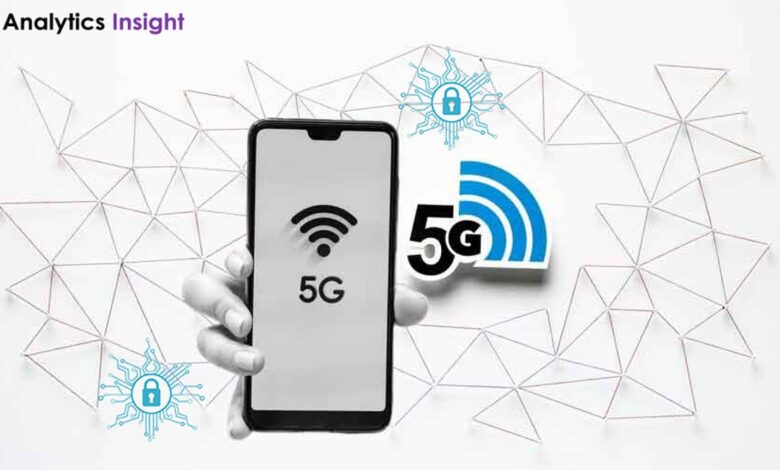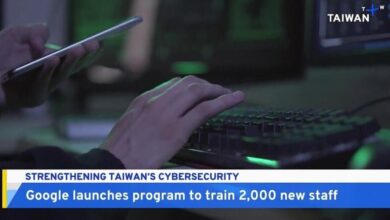Cybersecurity Risks and Benefits of 5G Networks

The 5G technology is an advanced technology that will employ higher frequencies to provide faster, more reliable, and secure services. Now that it is slowly becoming part of our communication networks, it is important to investigate the security threats that 5G poses. This article takes the reader through the security threats and opportunities that 5G holds for users of these networks.
1. More Connectivity and Faster Broadband
One of the biggest claims of 5G in this regard is its fast speed. 5G connections increase data transfer rates up to one hundred times higher than 4G, and enhance the users’ experience with the ability to stream, game, and download immediately. It fosters more applications, from AR/VR to telemedicine and smart cities and changes the way we consume technology.
2. Low Latency
Low latency is one of 5G’s most advantageous traits, sometimes even less than 1 millisecond, which is ideal for applications that require real-time decisions. This is especially useful for self-driving cars, tele-surgery applications, and robotics for industrial applications where time may be of the essence.
3. Increased Device Capacity
One more strength is the potential of 5G networks to provide efficient connections for a massive number of devices. This capacity boost is crucial for the IoT and makes its realization possible – the ability to connect billions of smart devices into a single network.
4. Improved Energy Efficiency
It is important to know that 5G networks are more energy-efficient than the previous generations. Increased energy efficiency entails increased battery life for gadgets, decreased operational costs, and also reduced carbon footprint.
Potential Cybersecurity Threats Associated with 5G Networks
1. Expanded Attack Surface
In the age of the hyperconnectivity of such diverse devices as cars and refrigerators due to 5G, the opportunities for cyber threats increased. Every Extra Device May Portend New Vulnerability to Cyber Attack on The Network.
2. Increased Complexity
The technology behind 5G is significantly more complicated than previous generations as it introduces new constructs like network slicing and edge computing. This makes it harder to predict and address security risks associated with the particular operating system.
3. Supply Chain Vulnerabilities
The supply chain for 5G equipment and technology in the international market creates more security concerns. Each of the parts obtained from different places and from different suppliers may have vulnerabilities or are vulnerable to tampering.
4. Potential Risks to Consumers’ Personal Information
Another drawback of the 5G networks is the large volumes of data which are transmitted and this poses a threat to the privacy and security of the data. The privacy of personal and business communications is amplified by the fact that more and more information is subjected to interception and further misuse for criminal purposes.
5. Network Slicing Security
Now, 5G network slicing – an approach that enables the establishment of multiple logical networks on top of a physical one – introduces distinct security challenges. All these slices may have distinct security needs and susceptibilities to dangers, which can make it hard to establish standardized security across all slices.
Managing Cybersecurity Threats in 5G Environments
1. Implementing Robust Encryption
To ensure greater security for the 5G network, stronger encryption needs to be developed. Encryption means that the online communication is safe at all stages – during processing and at the time of storage, which excludes the risk of its interception and misuse.
2. Enhancing Device Security
This will include enforcing strict security standards on all devices that are connected to the network to minimize the attack surface. This includes updating software on devices such as smartphones, the use of secure boot technology, and the application of best practices for securing devices in the IoT.
3. Emphasizing Supply Chain Security:
Cybersecurity risks need to be identified through security audits and strict screening of the supply chain partners. Supply chain security measures and supply chain audit can be very effective in minimizing risks associated with the presence of tampered parts. It also entails collaboration with international partners to set global security regulations.
4. Implementing AI and ML in Learner Management.
The use of artificial intelligence (AI) and machine learning (ML) can be a critical tool for 5G cybersecurity. These technologies have the potential to improve the ability to identify and react to threats as they emerge, as well as the recognition of patterns of malicious behavior and the automation of security tasks.
5. Why a Multi-Layered Security Approach is Essential
Much emphasis on physical, network, as well as application security has to be considered a critical requirement when addressing security issues in 5G networks. This approach entails the use of firewalls, intrusion detection/prevention systems, secure access technologies and regular security audits and reviews.
The arrival of 5G networks means a new level of connectivity using broadband wireless technology, providing speeds far beyond current networks, with extremely low latency, and the capacity to handle billions of devices. Nonetheless, such opportunities are associated with numerous cybersecurity threats that need to be prevented to unleash the potential of 5G technology.



